Physical Address
304 North Cardinal St.
Dorchester Center, MA 02124
Physical Address
304 North Cardinal St.
Dorchester Center, MA 02124
Reverse osmosis systems with alkaline
remineralization for balanced pH purified water.
Transform your tap water into pure, mineral-rich hydration with top-tier reverse osmosis systems that balance advanced filtration with user-friendly design.
Quick Overview:
| Product Name | Key Features | Price | Rating |
|---|---|---|---|
| Dreo WF511 | • 7-stage filtration • Smart LED display • Dual pitcher design • 3:1 pure-to-drain ratio | $269.99 | 4.0/5 |
| AMI Alkaline RO System | • 50 GPD capacity • NSF/ANSI 58 certified • Alkaline mineral filter • Bladder tank included | $229.99 | Not available |
| SimPure T1-100ALK | • 100 GPD flow rate • Alkaline mineral boost • 2.5-gallon tank • Quick-connect fittings | $199.00 | 4.5/5 |
| APEC ROES-PH75 | • Calcium-enhanced pH • 6-stage filtration • 75 GPD output • 20-year brand legacy | $189.99 | 4.6/5 |
| Express Water 10-Stage | • Leak-stop technology • Customizable filters • 50 GPD capacity • Active mineral infusion | $231.00 | 4.6/5 |
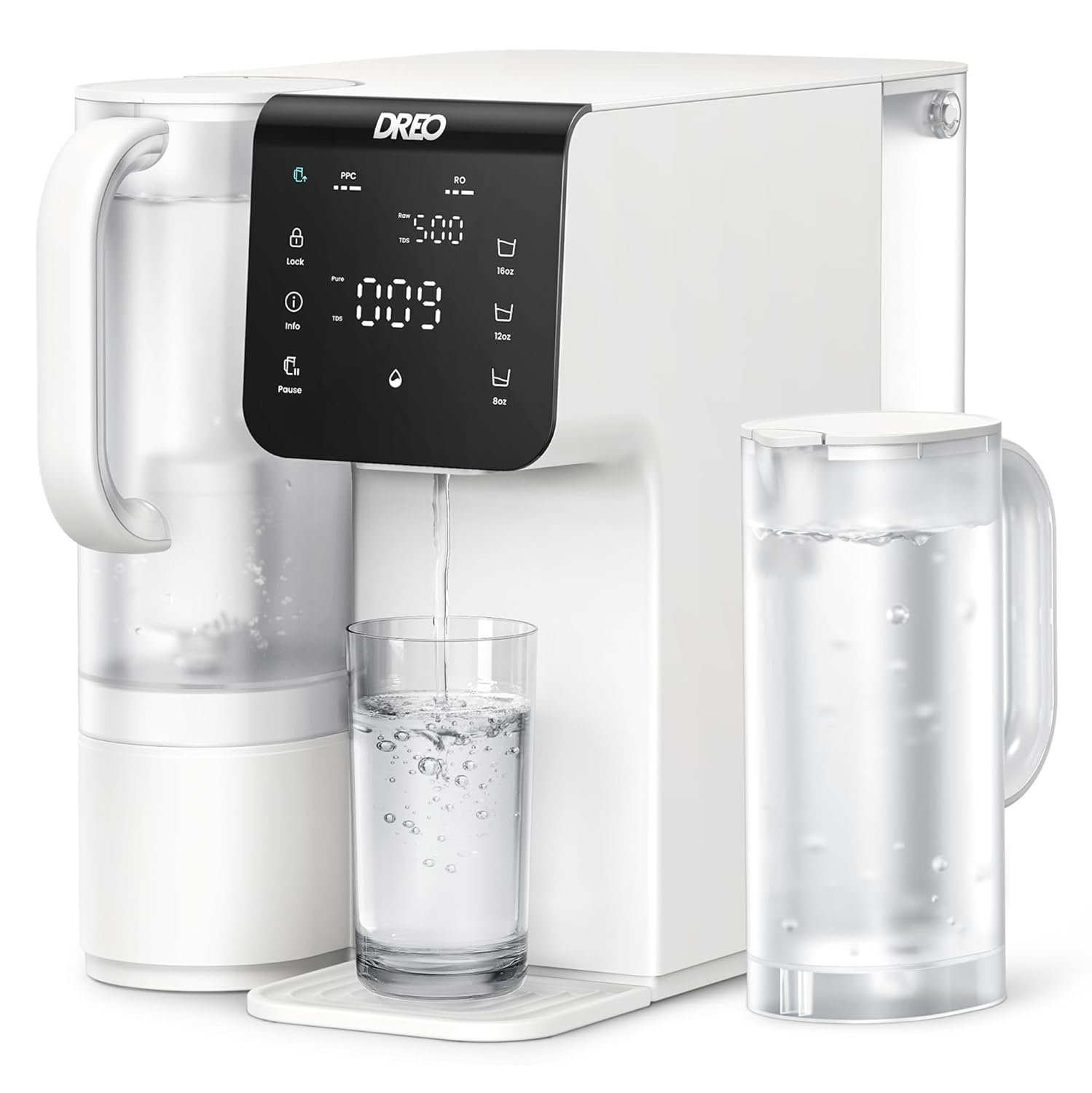
Features Overview:
What’s Good & What’s Not:
Price & Value Assessment: Mid-range pricing justified by advanced filtration stages and smart monitoring features rarely seen in countertop models.
What Customers Are Saying: Owners praise its touch-free dispensing but wish replacement filters were more readily available.
Why Should You Buy It? This system shines for renters or anyone needing installation-free purification with commercial-grade filtration. Its dual pitchers allow simultaneous home use and travel hydration while maintaining a compact footprint.
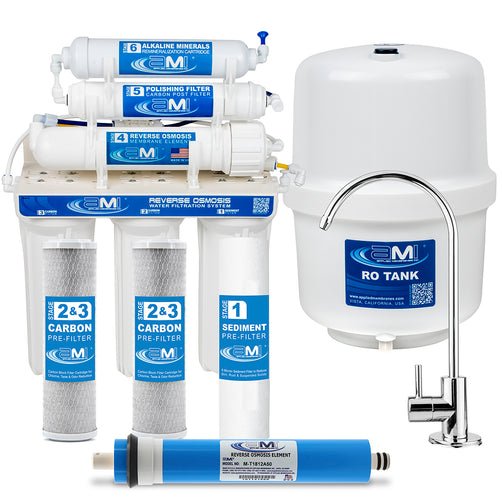
Features Overview:
What’s Good & What’s Not:
Price & Value Assessment: Budget-friendly entry into certified systems, though tank size may require more frequent refills for large households.
What Customers Are Saying: New to market – no verified user feedback available yet.
Why Should You Buy It? Ideal for safety-conscious buyers who prioritize third-party certifications over bells and whistles. Its steel mounting bracket ensures durability where plastic systems might fail.
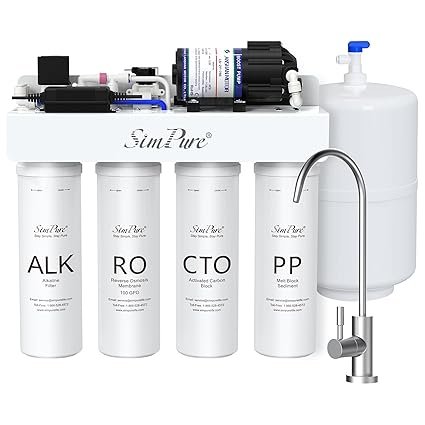
Features Overview:
What’s Good & What’s Not:
Price & Value Assessment: Unbeatable price for UV-ready systems, though alkaline filter replacements add long-term costs.
What Customers Are Saying: Users report “restaurant-quality water” but recommend pre-filtration for sources with TDS above 500ppm.
Why Should You Buy It? Perfect for tech-forward homes wanting fridge connectivity and future upgrade potential. Its combination of speed and capacity outperforms many premium-priced competitors.
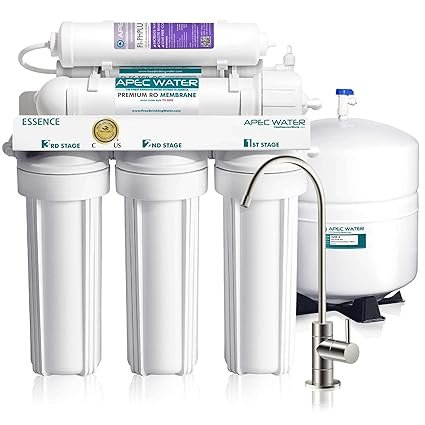
Features Overview:
What’s Good & What’s Not:
Price & Value Assessment: Premium pricing reflects commercial-grade build quality and exceptional contaminant removal rates for challenging water sources.
What Customers Are Saying: Long-term users praise consistent performance over 5+ years, noting minimal maintenance beyond scheduled filter changes.
Why Should You Buy It? Best choice for hard water areas needing durable, high-capacity filtration. Its US-based engineering team provides unmatched technical support for complex installations.
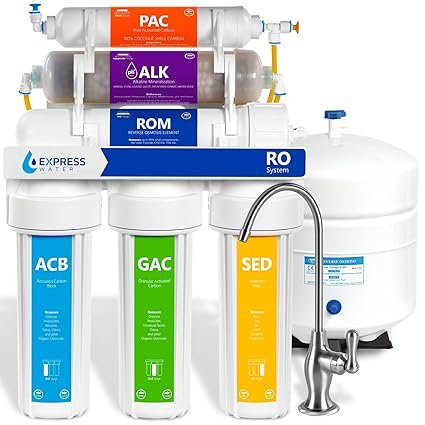
Features Overview:
What’s Good & What’s Not:
Price & Value Assessment: Competitive pricing for feature-rich system, though some plastic components feel less premium than competitors.
What Customers Are Saying: Multiple reviewers call it “the perfect balance between cost and performance” but recommend buying aftermarket brackets for tank stability.
Why Should You Buy It? Ideal for DIY enthusiasts wanting hands-on customization. The system grows with your needs – easily add UV sterilization or deionization filters as water quality demands change.
This article contains affiliate links. As an Amazon Associate, I earn from qualifying purchases.Prices may vary depending on location, promotions, and availability.
“GPD” stands for Gallons Per Day. It refers to how much purified water the system can produce in a day. For a small household (1-2 people), 50 GPD might be adequate, while larger families (3+) should consider 75-100 GPD systems or more for drinking, cooking, and appliances.
Yes, reverse osmosis (RO) systems excel at removing fluoride, along with other contaminants like lead, chlorine, and heavy metals.
Under-sink models save counter space and connect directly to your plumbing for on-demand purified water. Countertop models are portable and easy to set up without plumbing changes, making them better for renters or those with limited space.
Alkaline filters add beneficial minerals like calcium and magnesium back into the water after the RO process, which can slightly raise the pH level and improve the taste. Some believe alkaline water has health benefits.
Filter replacement frequency depends on your water quality and usage. Generally, pre-filters should be replaced every 6-12 months, the RO membrane every 2-3 years, and post-filters every 12 months. Most systems have quick-connect fittings for easy DIY filter changes.
Here’s the full list of products on Amazon